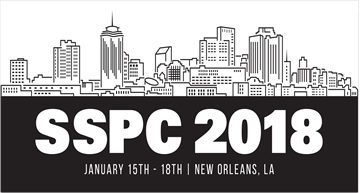Search
Products tagged with 'coating performance'
View as
Sort by
Display
per page
20 Year Colour Lifetimes for Architectural Restoration Coatings - Theory and Reality
Product Number:
51216-020-SG
Publication Date:
2016
$20.00
20-Year Performance of Bridge Maintenance Systems
Product Number:
41208-398-SG
Publication Date:
2008
$20.00
51318-11177-Effect of Mechanical Stress and Environmental Conditions on Degradation of Aerospace Coatings that G
Product Number:
51318-11177-SG
Publication Date:
2018
$20.00
A 20 Year Performance Evaluation of an Organic Zinc Rich Paint System
Product Number:
41208-405-SG
Publication Date:
2008
$20.00
A New Water-Based PVDF System for Weatherable Coatings
Product Number:
41209-500-SG
Publication Date:
2009
$20.00
A Study on Improving Surface Preparation Productivity Using Rectangular Blasting Nozzle
Product Number:
41216-980-SG
Publication Date:
2016
$20.00
A Study on Rapid Cure Non-Skid Coating System for Exposed Deck of the Marine Vessels
Product Number:
41211-620-SG
Publication Date:
2011
$20.00
Acceptance Testing for Coatings in Insulated Service
Product Number:
51217-057-SG
Publication Date:
2017
$20.00
Ambient Curing and Thermosetting of Polyurea and Polyurethane Castable Liner
Product Number:
41210-524-SG
Publication Date:
2010
$20.00
Analysis of Coating Blister Failures and Associated Coating and Substrate Risks
Product Number:
51220-254-SG
Publication Date:
2020
$20.00
Application Study on the Performance of Polyurethane Paint as a Green Coat Using Biobased Coconut Polyol Resin for Protective, Marine and Industrial Coatings
Product Number:
41211-602-SG
Publication Date:
2011
$20.00












